Back to Courses
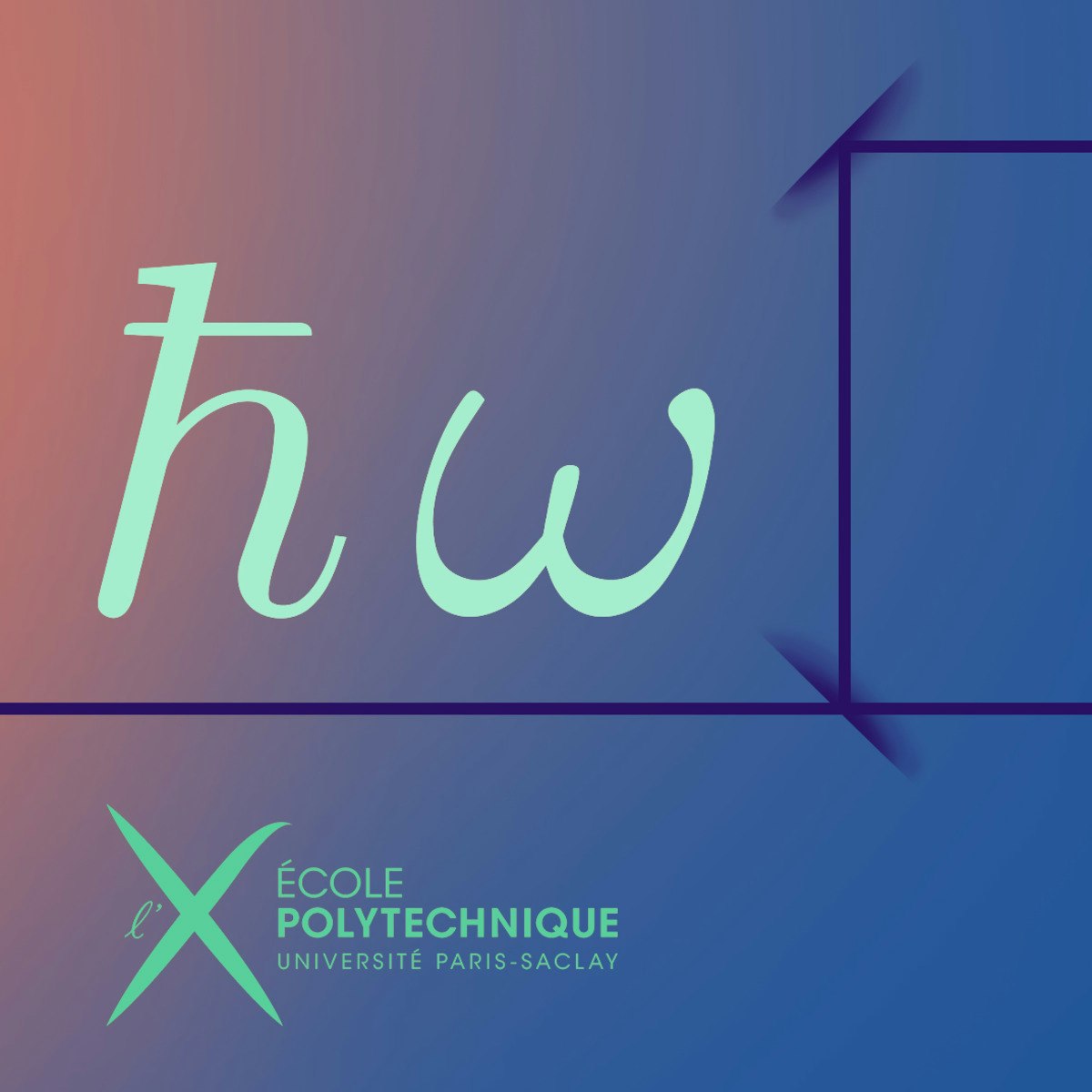
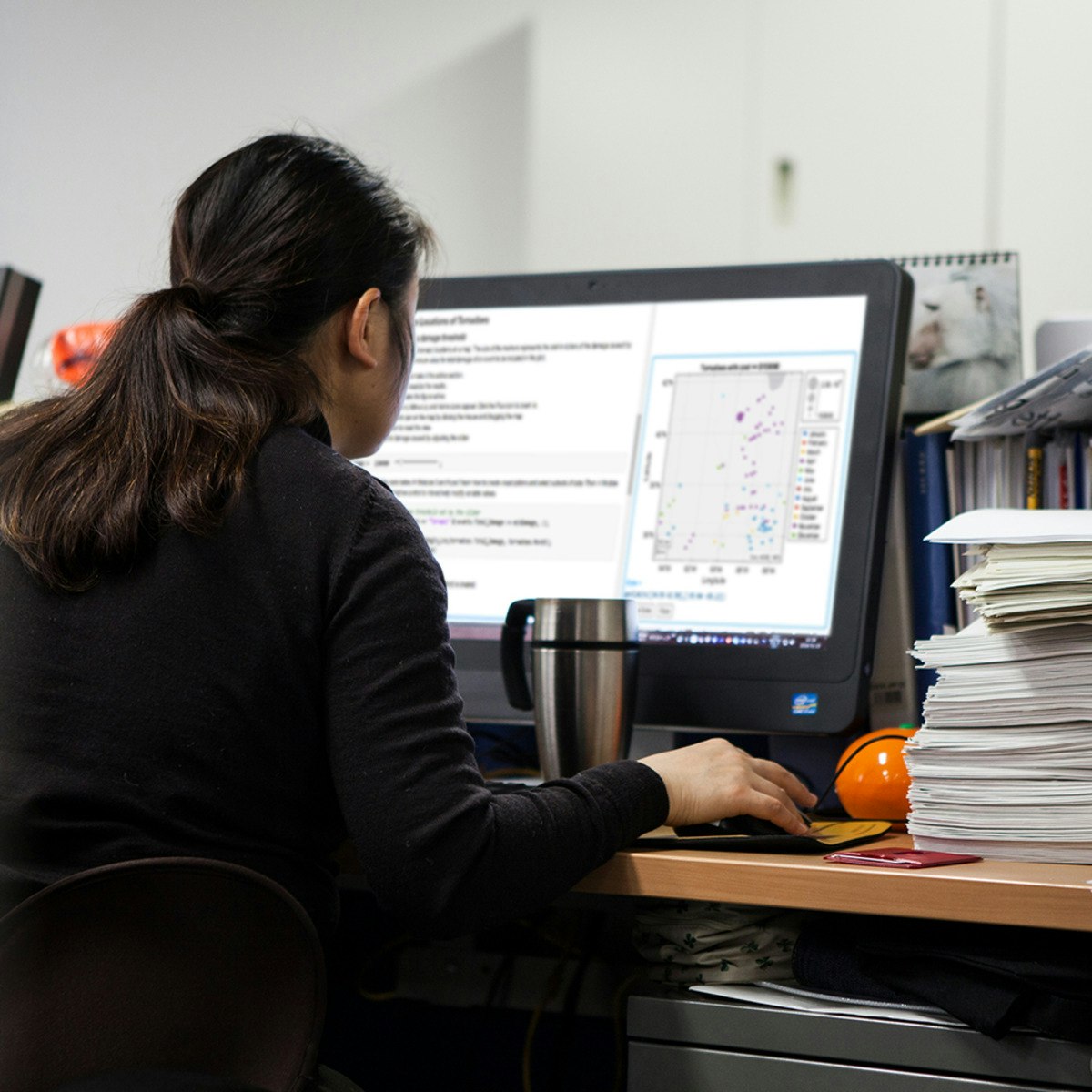
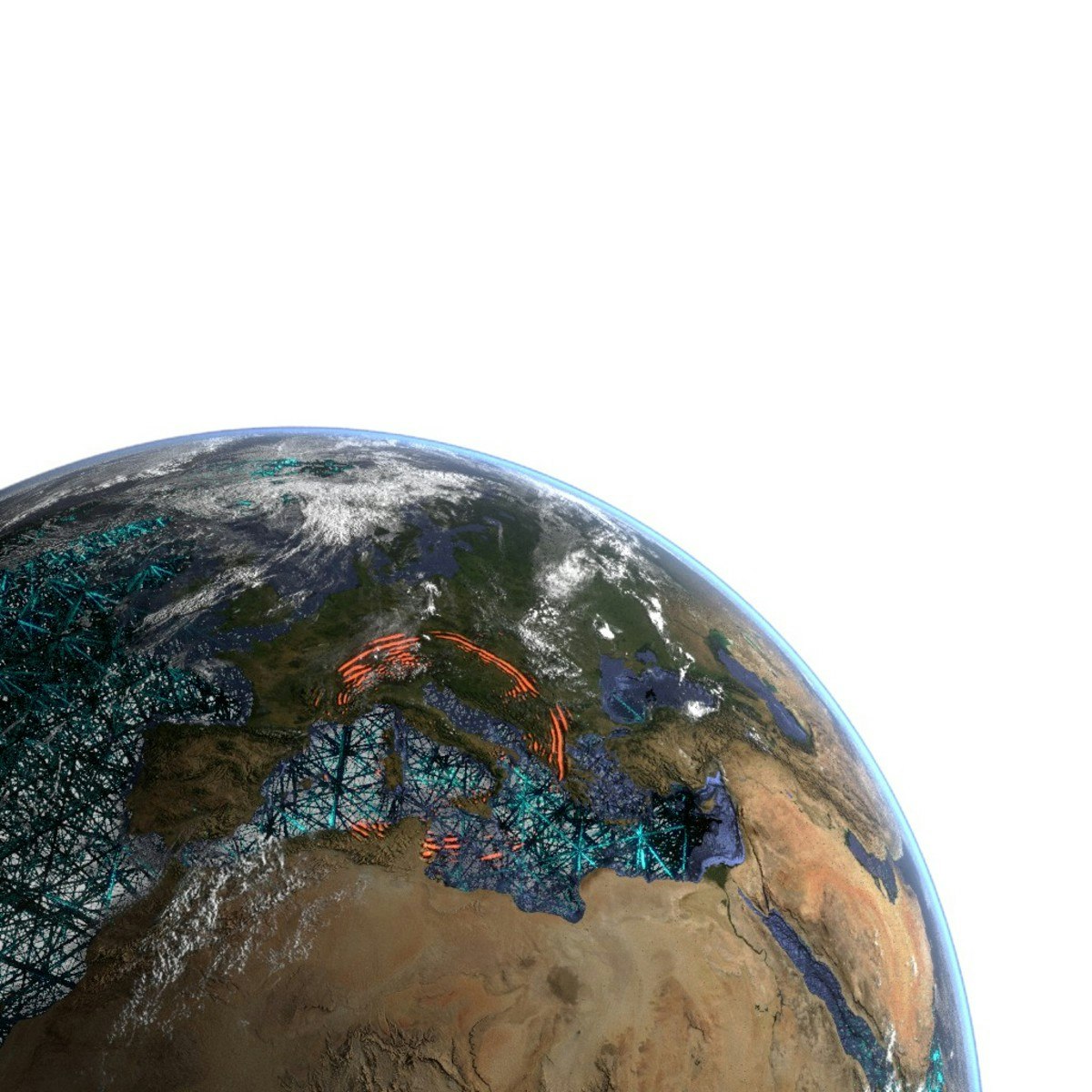

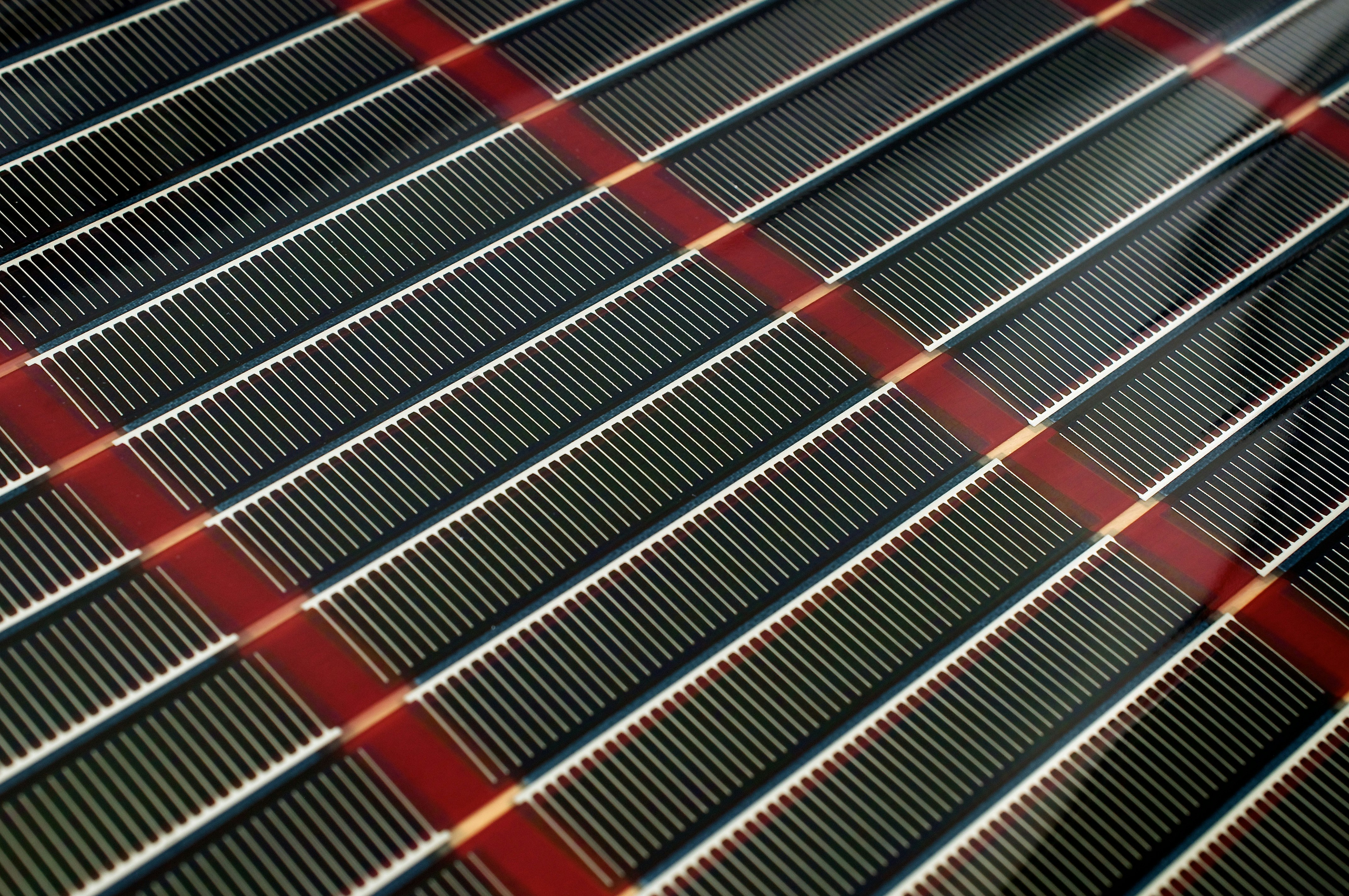


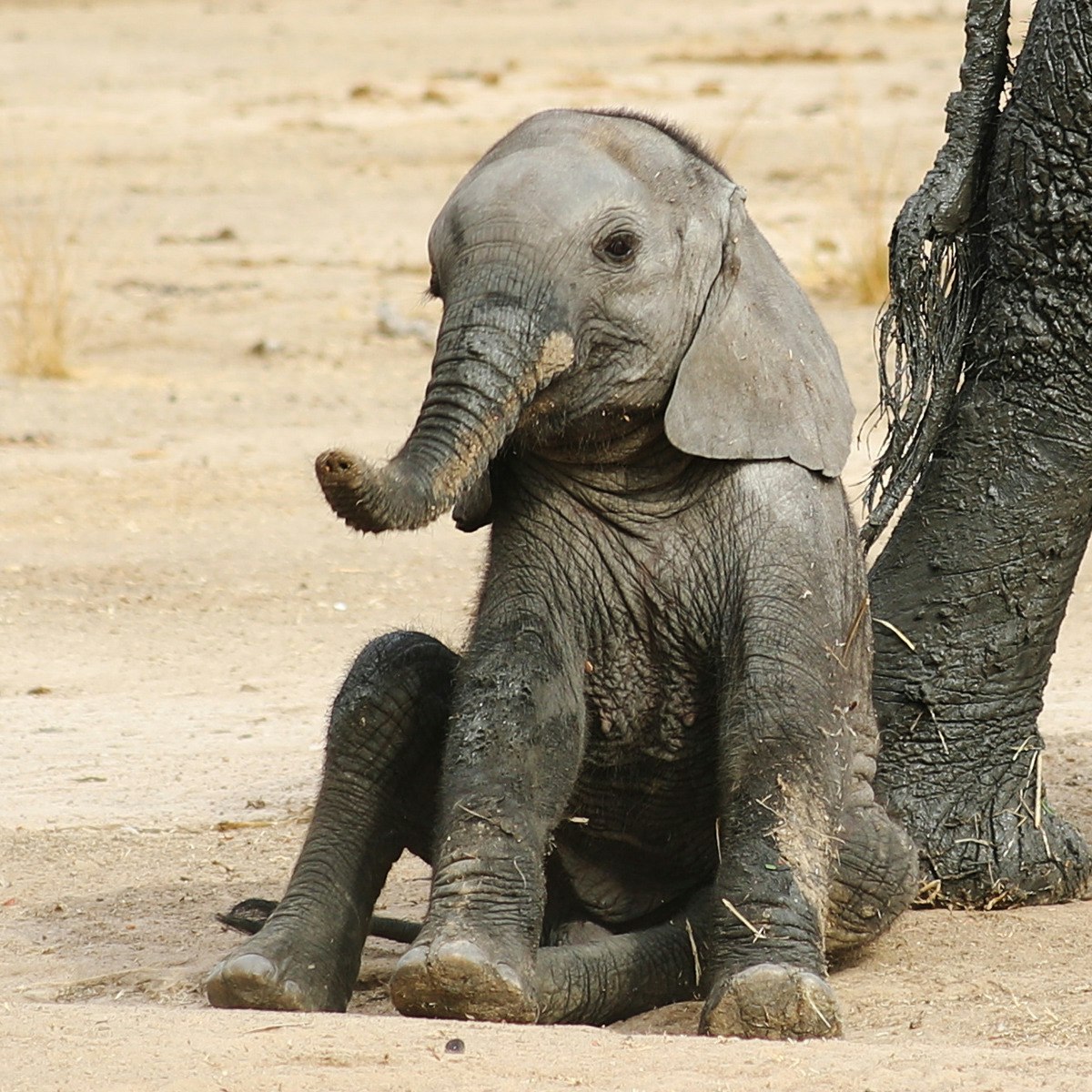
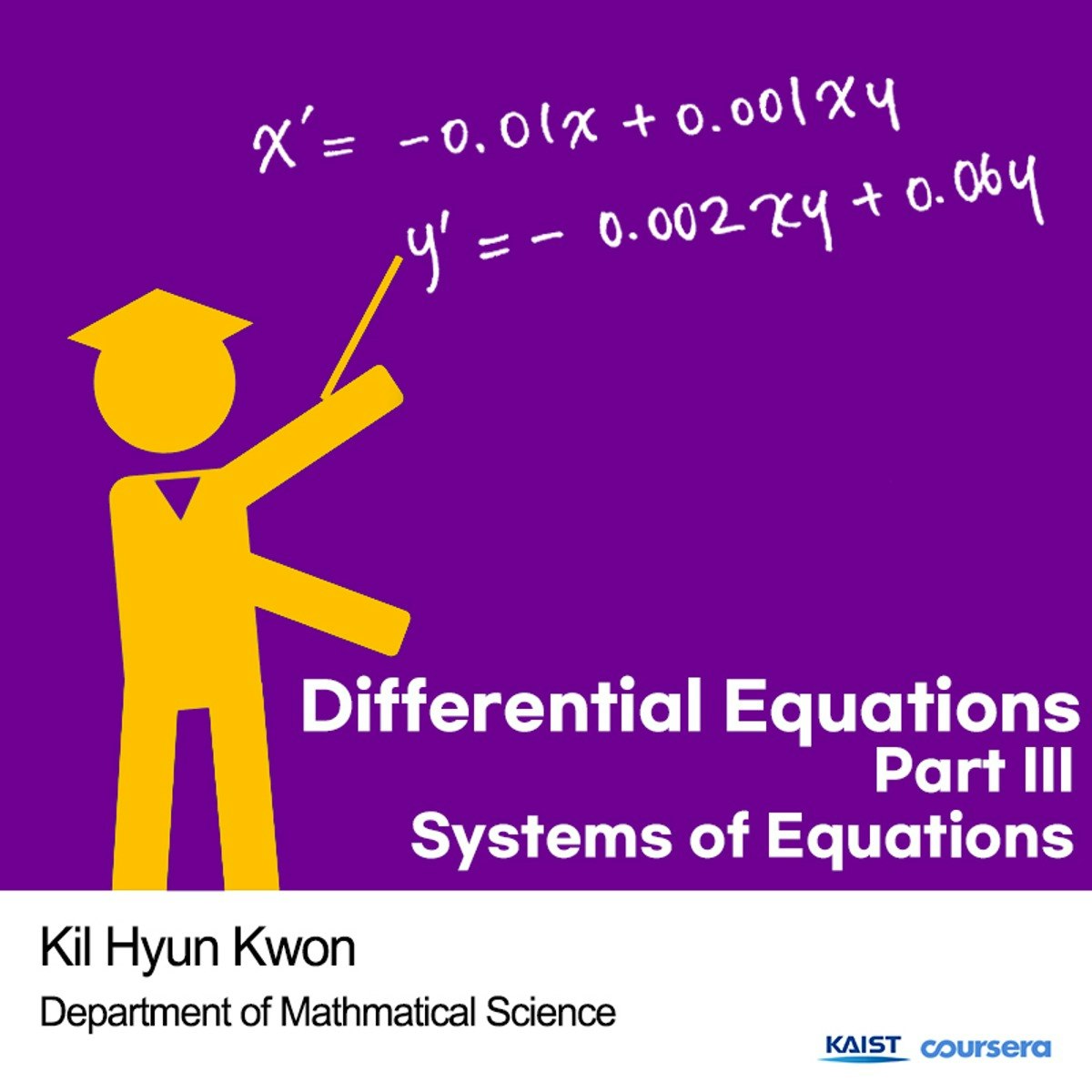
Physical Science And Engineering Courses - Page 37
Showing results 361-370 of 522

BioData Processing
Can we communicate with other living beings besides animals?
For example, it is well known that plants and fungi are sentient creatures, but modern societies/humans seem to regard this fact as unworthy of much attention. Perhaps we do so because we lack a common language to establish such inter-realms communication.
In this hands-on project you will challenge this frontier by translating electric signals (BioData) from plants and fungi into audio-visual media that we humans are capable of relating to. In order to accomplish this, you will engage with Processing, "a flexible software sketchbook and a language for learning how to code within the context of the visual arts."
Optional: In case you have an Anduino kit this project can be double fun, as learners will have instructions on how to collect the BioData themselves.

Quantum Optics 1 : Single Photons
This course gives you access to basic tools and concepts to understand research articles and books on modern quantum optics. You will learn about quantization of light, formalism to describe quantum states of light without any classical analogue, and observables allowing one to demonstrate typical quantum properties of these states. These tools will be applied to the emblematic case of a one-photon wave packet, which behaves both as a particle and a wave. Wave-particle duality is a great quantum mystery in the words of Richard Feynman. You will be able to fully appreciate real experiments demonstrating wave-particle duality for a single photon, and applications to quantum technologies based on single photon sources, which are now commercially available. The tools presented in this course will be widely used in our second quantum optics course, which will present more advanced topics such as entanglement, interaction of quantized light with matter, squeezed light, etc...
So if you have a good knowledge in basic quantum mechanics and classical electromagnetism, but always wanted to know:
• how to go from classical electromagnetism to quantized radiation,
• how the concept of photon emerges,
• how a unified formalism is able to describe apparently contradictory behaviors observed in quantum optics labs,
• how creative physicists and engineers have invented totally new technologies based on quantum properties of light,
then this course is for you.

Exploratory Data Analysis with MATLAB
In this course, you will learn to think like a data scientist and ask questions of your data. You will use interactive features in MATLAB to extract subsets of data and to compute statistics on groups of related data. You will learn to use MATLAB to automatically generate code so you can learn syntax as you explore. You will also use interactive documents, called live scripts, to capture the steps of your analysis, communicate the results, and provide interactive controls allowing others to experiment by selecting groups of data.
These skills are valuable for those who have domain knowledge and some exposure to computational tools, but no programming background is required. To be successful in this course, you should have some knowledge of basic statistics (e.g., histograms, averages, standard deviation, curve fitting, interpolation).
By the end of this course, you will be able to load data into MATLAB, prepare it for analysis, visualize it, perform basic computations, and communicate your results to others. In your last assignment, you will combine these skills to assess damages following a severe weather event and communicate a polished recommendation based on your analysis of the data. You will be able to visualize the location of these events on a geographic map and create sliding controls allowing you to quickly visualize how a phenomenon changes over time.

Computers, Waves, Simulations: A Practical Introduction to Numerical Methods using Python
Interested in learning how to solve partial differential equations with numerical methods and how to turn them into python codes? This course provides you with a basic introduction how to apply methods like the finite-difference method, the pseudospectral method, the linear and spectral element method to the 1D (or 2D) scalar wave equation. The mathematical derivation of the computational algorithm is accompanied by python codes embedded in Jupyter notebooks. In a unique setup you can see how the mathematical equations are transformed to a computer code and the results visualized. The emphasis is on illustrating the fundamental mathematical ingredients of the various numerical methods (e.g., Taylor series, Fourier series, differentiation, function interpolation, numerical integration) and how they compare. You will be provided with strategies how to ensure your solutions are correct, for example benchmarking with analytical solutions or convergence tests. The mathematical aspects are complemented by a basic introduction to wave physics, discretization, meshes, parallel programming, computing models.
The course targets anyone who aims at developing or using numerical methods applied to partial differential equations and is seeking a practical introduction at a basic level. The methodologies discussed are widely used in natural sciences, engineering, as well as economics and other fields.

On Being a Scientist
On Being a Scientist will provide you with an overview of scientific conduct & ethics, what it means to be a scientist and allows you to become acquainted with academic practice, thus meeting a demand for increased awareness in scientific integrity.
This course is designed to inform you on topics as scientific integrity and social responsibilities of scientists.
Broad questions, which are inseparably linked to these topics are discussed: namely regarding the nature of science and the societal role it fulfills.
Course objectives:
After this course you will:
1) Understand the basic principles of science, and know what is "not done".
2) Have a realistic image of science and scientists.
3) Recognize integrity dilemmas, know how to respond in clear cases, and have the skills to respond prudently in unclear cases.
4) Know and understand the differences and similarities of various disciplines.
5) Have a basic understanding of the role of science in society, realise your own societal responsibilities, and are able to take a position in societal issues where science plays a role.
The course consists of a feature film, supported by short lectures, set to serve as a starting point for the discussions and assignments.

Organic Solar Cells - Theory and Practice
The goal of the course is to give students awareness of the largest alternative form of energy and how organic / polymer solar cells can harvest this energy. The course provides an insight into the theory behind organic solar cells and describes the three main research areas within the field i.e. materials, stability and processing.
NOTE: This course is a specialized course on organic solar cells. If you are looking for a more general solar cell course, we strongly recommend Introduction to solar cells (https://www.coursera.org/learn/solar-cells).

Differential Equations for Engineers
This course is all about differential equations. Both basic theory and applications are taught. In the first five weeks we will learn about ordinary differential equations, and in the final week, partial differential equations.
The course contains 56 short lecture videos, with a few problems to solve after each lecture. And after each substantial topic, there is a short practice quiz. Solutions to the problems and practice quizzes can be found in instructor-provided lecture notes. There are a total of six weeks in the course, and at the end of each week there is an assessed quiz.
Download the lecture notes:
http://www.math.ust.hk/~machas/differential-equations-for-engineers.pdf
Watch the promotional video:
https://youtu.be/eSty7oo09ZI

Climate change and Indigenous People and local communities
Climate change is a global phenomenon, but its impacts vary among different social groups, who perceive and adapt to climate change impacts in different ways. In this course, you will:
a) understand the different debates around climate change impacts on Indigenous Peoples and local communities (IPLC);
b) familiarize yourself with different impacts of climate change on IPLC, with the IPLC understanding of climate change impacts and with their strategies to adapt to climate change; and
c) learn about different strategies to incorporate Indigenous peoples and local communities in climate change research and policy.
The course includes a theoretical and a methodological component, through which you will learn methodologies to conduct research on Indigenous Peoples and local communities’ perceptions of climate change impacts.

Sex from Molecules to Elephants
About this course
Skip About this course
Sexual reproduction can be defined as the sort of reproduction by which each organism arises from the fusion of two cells. This generally implies, with some exceptions, that each organism has two parents.
This description might sound trivial it is however not at all. Before the appearance of sex, organisms reproduced solely by division. One cell divided into two cells, no partners, no fusion, just simple cell division. This simple cell division is still here. In fact, the trillions of cells that make up your body are all the descendants of a single cell that underwent several dozens of cell divisions. Surprisingly, most multicellular, as well as, many unicellular organisms reproduce by sex. We might take it thus for granted but this course will show you that it is a rather peculiar and enigmatic process.
This course will provide you with the necessary tools to understand how sex works and to marvel at its mysteries. We will start by meeting the actors of this greatest drama in their native habitats, from ancient bacteria that live in thermal geysers in Yellowstone national park to the great mammals that roam the African savanna. We will also briefly discuss the history of life on earth and its contemporary state.
The second unit defines the rules of the game explaining the mechanisms of heredity and evolution.
The third unit focuses on meiosis, the fundamental and conserved molecular event that forms the basis of sex. And that might have led to the appearance of sex in the first place. We will also explain the fertility cycle and male and female germ cell development. The fourth unit describes the striking variability of sex determination throughout the animal kingdom. We will discuss the requirement for two genders and their considerable cost. Finally, we will dive in the gulf of Aqaba to meet organisms that are both male and female either at the same, or at different times.
Sex requires cooperation between two individuals – a male and a female – that are in a basic conflict of interest. Furthermore, males and females compete among themselves. This complex network of cooperation and conflict forms the fascinating plot we will tell in the fifth unit that will discuss the patterns of reproduction and social behavior of different animals – corals, insects, spiders, fish, birds, and mammals. We will be intrigued to discover that the same basic conflict is resolved by a huge range of approaches, from altruistic behavior all the way to open warfare and infanticide.
The sixth unit takes us to fertilization and beyond. Starting at an IVF clinic we follow embryonic development throughout the animal kingdom from insects to tadpoles and humans.
The seventh unit is dedicated to flowering plants that made our world colorful, sweet-smelling and tasty and that produce almost all animal food.

Differential Equations Part III Systems of Equations
This introductory courses on (Ordinary) Differential Equations are mainly for the people, who need differential equations mostly for the practical use in their own fields. So we try to provide basic terminologies, concepts, and methods of solving various types of differential equations as well as a rudimentary but indispensable knowledge of the underlying theory and some related applications.
The prerequisites of the courses is one- or two- semester calculus course and some exposure to the elementary theory of matrices like determinants, Cramer’s Rule for solving linear systems of equations, eigenvalues and eigenvectors.
Table of Contents
Differential Equations Part I Basic Theory
Chapter 1 Introduction
Chapter 2 First Order Differential Equations
Chapter 3 Mathematical Modelling and Applications
Chapter 4 Linear Second Order Equations
Chapter 5 Applications of Second Order Equations
Differential Equations Part II Series Solutions
Chapter 1 Euler Equations
Chapter 2 Series Solutions of Linear Equations
Chapter 3 Special Functions: Bessel Functions and Legendre Polynomials
Differential Equations Part III Systems of Differential Equations
Chapter 1 Systems of Linear Equations
Chapter 2 Stability of Autonomous Systems
Popular Internships and Jobs by Categories
Find Jobs & Internships
Browse
© 2024 BoostGrad | All rights reserved